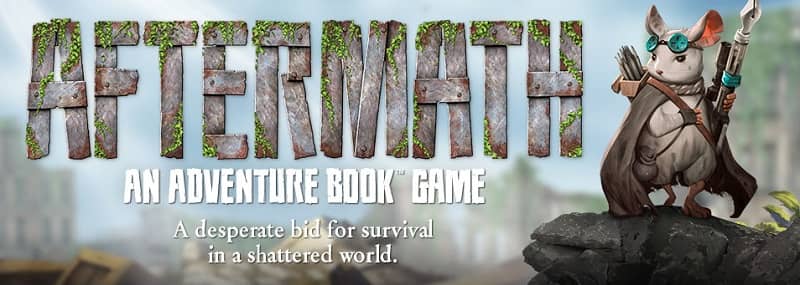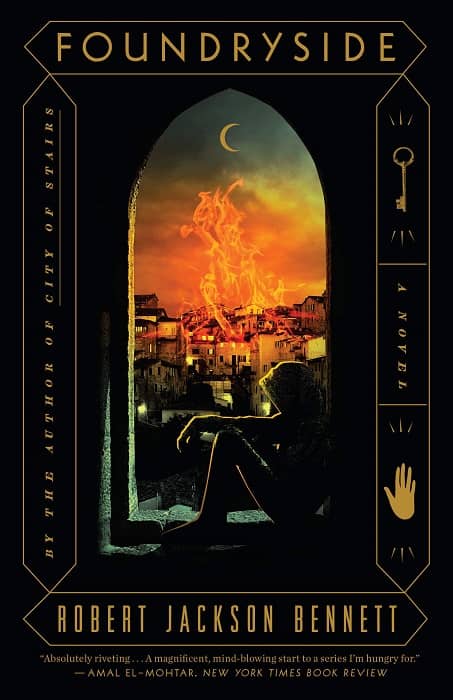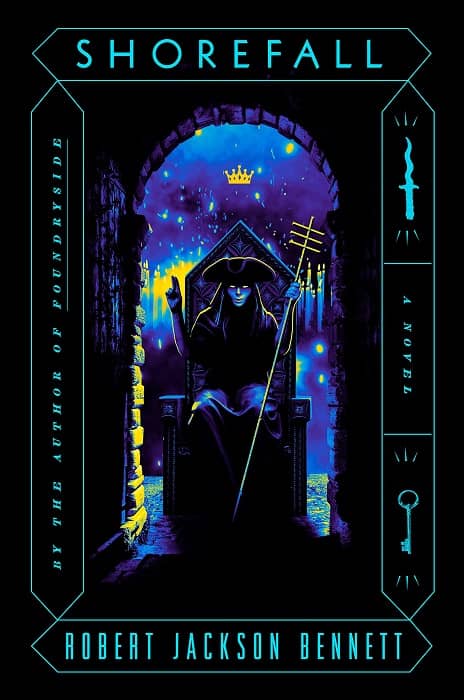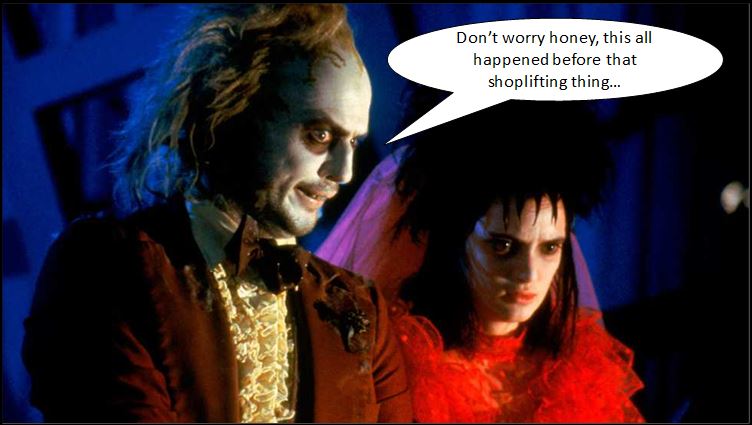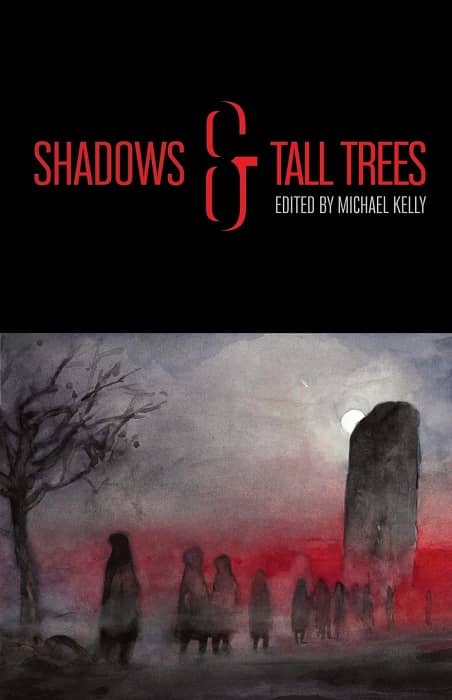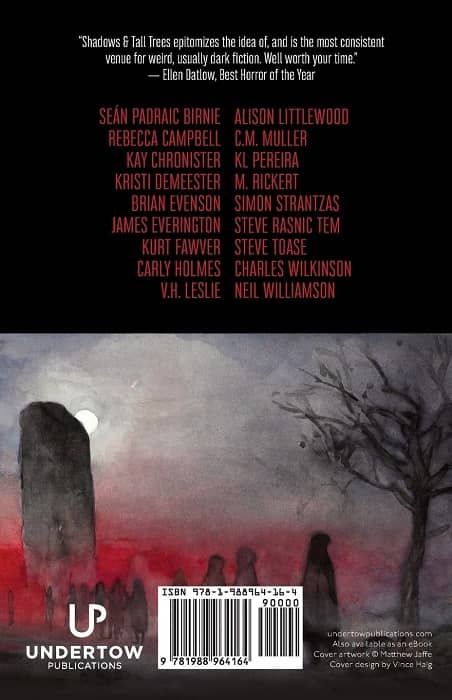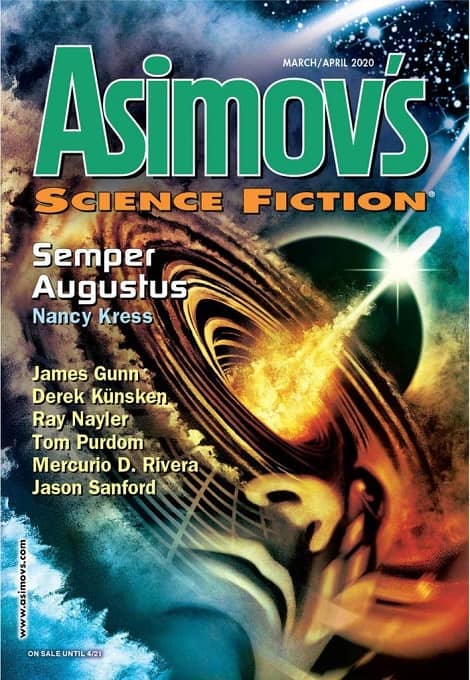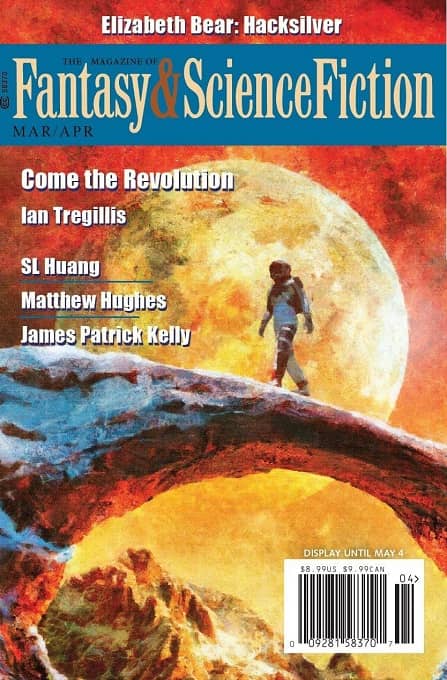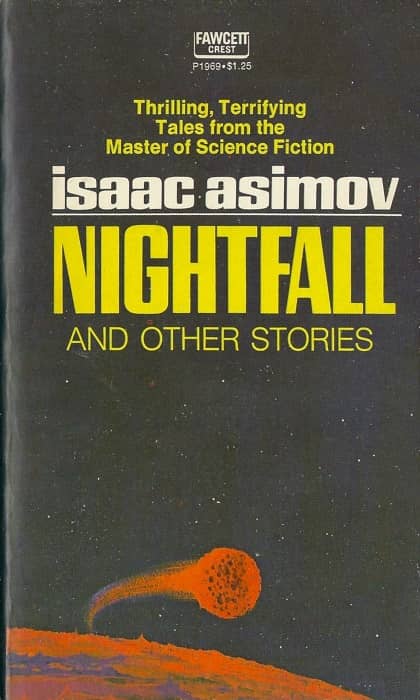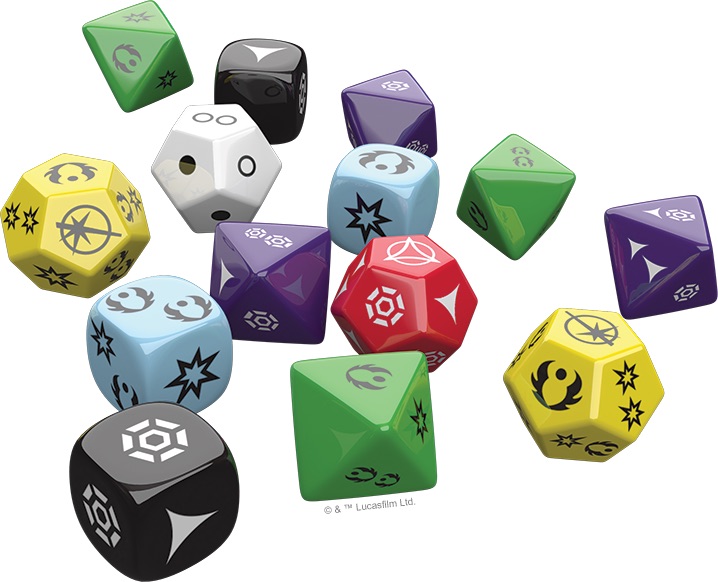When Disney Meets Mad Max: Aftermath: an Adventure Book Game by Plaid Hat Games
Gen Con 2020 is, as of this writing, still scheduled to take place July 30 – August 2, 2020. But now that other major events, such as the massive San Diego Comic Con have been canceled due to the threat of the coronavirus, I expect it won’t be long before Gen Con is canceled as well. I hope it isn’t, but frankly I think the only thing keeping it on the schedule at this point is blind optimism.
I’m enormously grateful I was able to attend Gen Con last year. It was terrific fun, for one thing, and incredibly eye-opening. I’ve been immersed in gaming culture since I started playing Avalon Hill games in high school, and I spend a lot of time keeping up with new releases and hanging out at the local Games Plus auction. But I had no idea –really, no freakin’ idea — of the true scale of this industry until I wandered the massive Exhibit Hall at Gen Con. Too large to take in in a single day, the Exhibit Hall (and all its various annexes, sub-rooms, and spillovers halls) is something that every game fan should experience once in their lives. It is jaw-dropping in both scale and diversity.
It’s easy to get overwhelmed when you’re standing in a packed stadium with tens of thousands of t-shirt-wearing gamers, and thousands of booths stretching in all directions. But once the wonder of it all starts to wear off, there are always games that stand out. One of those for me was Aftermath, by Plaid Hat Games. Copies were not available at the convention, but a quick internet search assured me it would be in production by October. I waited impatiently, and ordered one as soon as I could.
